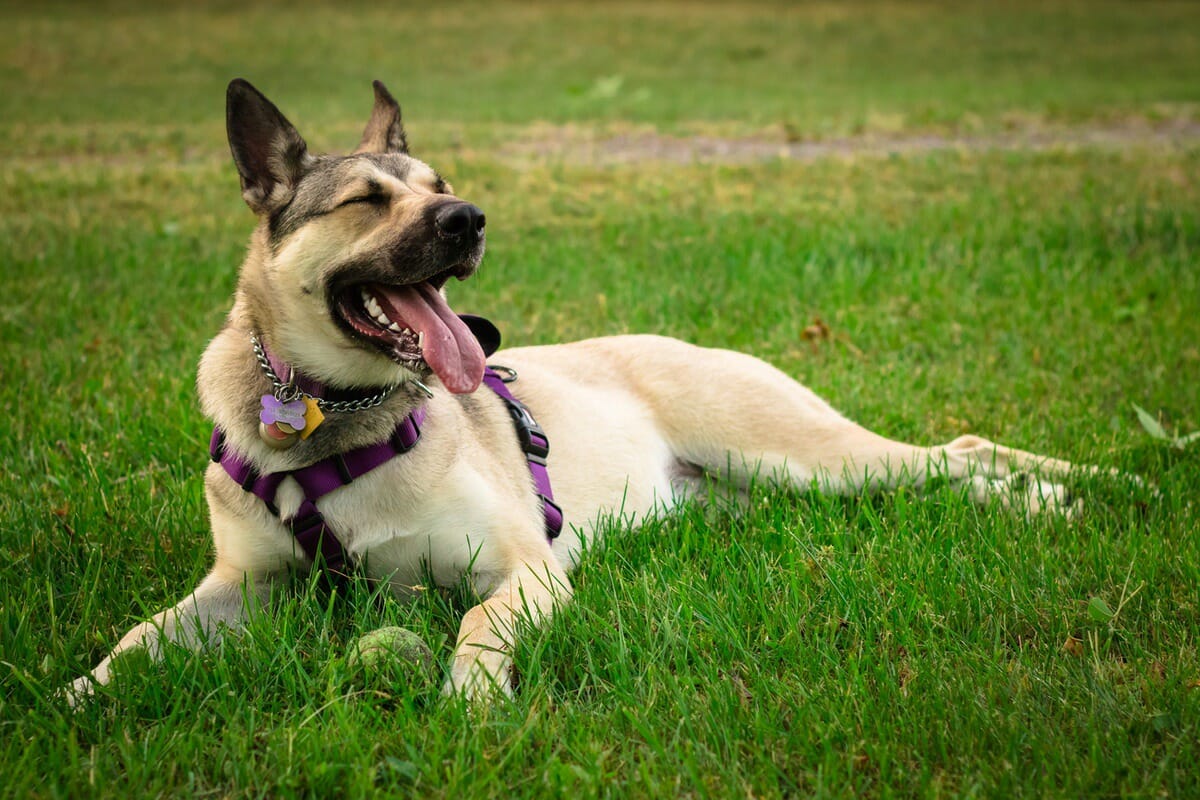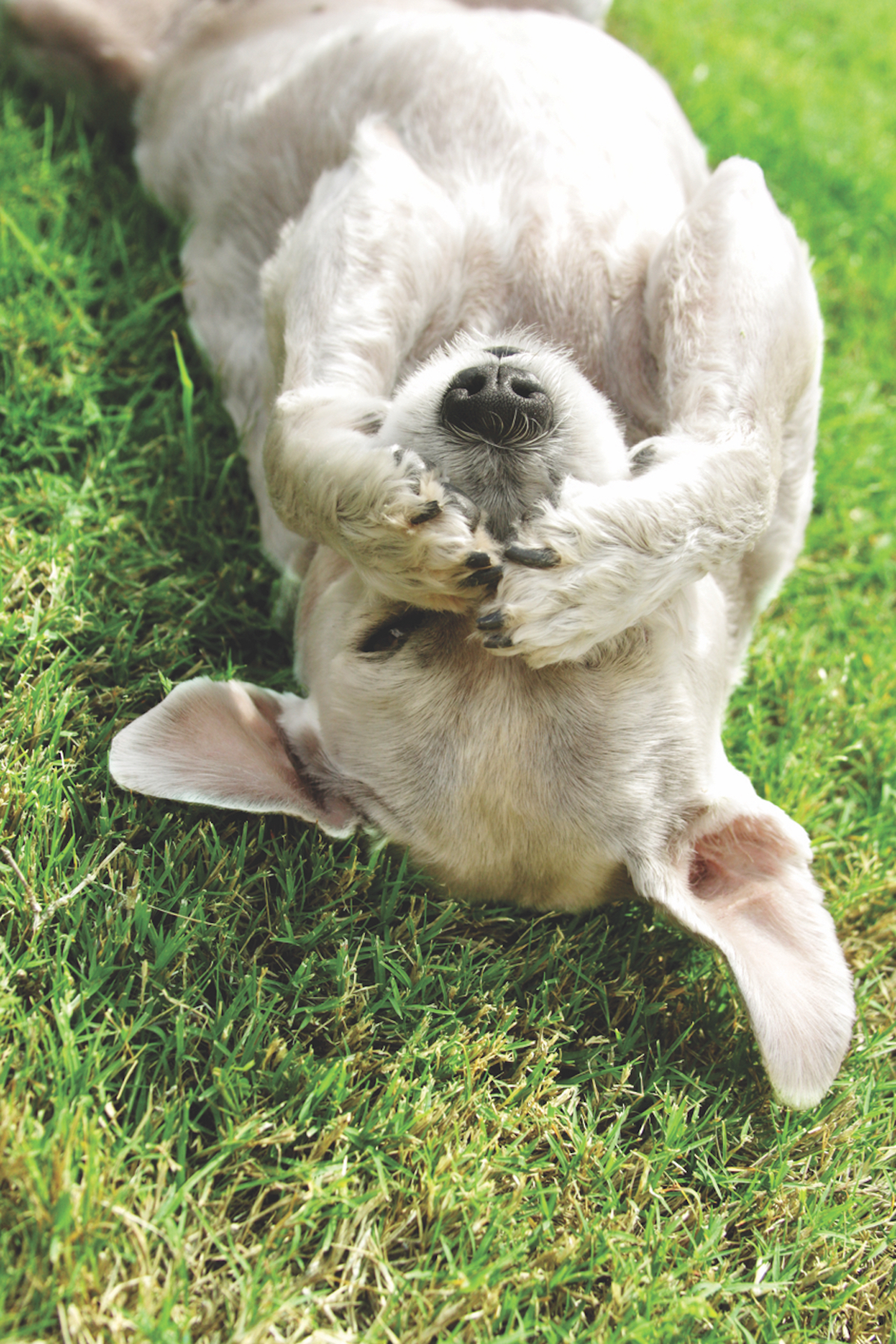By Dr. Parker T. Barker
Okay, I’m beginning to understand what they mean when they say South Carolina is hot and humid during the summer. I mean really hot and humid. I used to complain when it would get to 85 degrees with no humidity in Connecticut. I have to admit that adjusting to the new-to-me weather down here has been challenging to say the least. But it has brought up an issue I want to talk about today and that is heat stroke in dogs.
Working up a good sweat in the hot summer months may be good for you pet owners, but it can lead to heat stroke in your dog and kill him in a matter of minutes. Heat stroke is a dangerous condition that takes the lives of many animals every year. A dog’s normal body temperature is 100.5 to 102.5 degrees Fahrenheit. If it rises to 105 or 106 degrees, the dog is at risk for developing heat exhaustion. If the body temperature rises to 107 degrees, your dog has entered the dangerous zone of heat stroke. With heat stroke, irreversible organ damage and death can occur.
And any dog exercising on a hot, humid day, even with plenty of water, can become overheated. As a pet owner, you should know the dangers of overheating and what to do to prevent it. You should also know the signs of heat stroke and what to do if your dog exhibits those signs.
Mom sweats when she gets really hot and that is how she cools her body down. I can’t do that. I only sweat through my paws and so I have to pant to try and get cooler. And it is a very inefficient method of returning to a normal temperature. Some dogs are more prone to heat stroke than others. Here is a list of at-risk types of dogs:
• Dogs who have a thick coat, heart and lung problems or a short
• Puppies up to 6 months of age
• Large dogs over 7 years of age and small dogs over 14 years
• Overweight dogs
• Dogs who are overexerted
• Ill dogs or those on medication
• Brachycephalic dogs (short, wide heads) like pugs, English bulldogs and Boston terriers
• Dogs with cardiovascular disease and/or poor circulation
So what does heat stroke look like in a dog?
The earliest sign of heatstroke is excessive panting with excessive salivation. As the condition gets worse, a dog’s gums will turn dry and dark pink, and the animal will become weak and may have trouble standing. At its most severe, dogs with heatstroke can develop seizures and severe bloody diarrhea. He will also appear sluggish, unresponsive and disorientated.
If your dog exhibits any of these signs, treat it as an emergency and head to your veterinarian immediately. On the way, you can cool him down with wet towels. Once at the vet and your dog is seen by the staff, they may perform various blood tests to assess the extent of vital organ dysfunction caused by overheating.
Mildly increased temperature (less than 105°F) may only require rest, a fan to increase air circulation, fresh water to drink and careful observation. Markedly increased temperature (greater than 106°F) must be treated more aggressively.
The best treatment is prevention. Make sure your dog always has access to plenty of fresh water. Avoid exercise during the hottest part of the day. If you are concerned your dog is becoming overheated, you should cool him down as quickly as possible with cool, not cold, water. That’s why God made shade and water hoses. So be careful out there in this hot and humid weather. Keep an eye on old Fido in the back yard even if he is just sitting peacefully. Remember, he doesn’t have to be doing something in order to get heat stroke. Watch for the panting. Hot is one thing but heat stroke is a whole different ball of wax. What does that mean by the way? Never knew…








